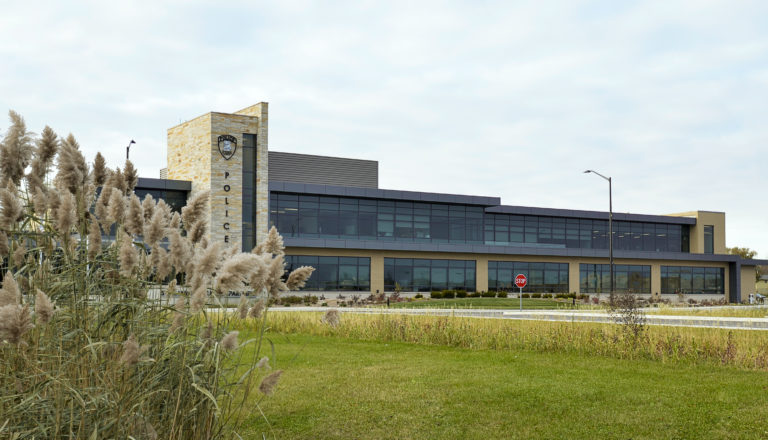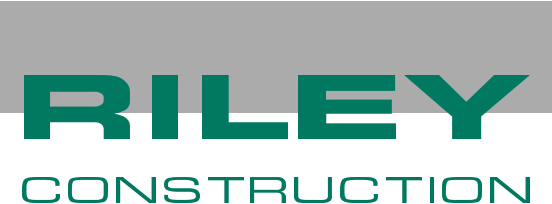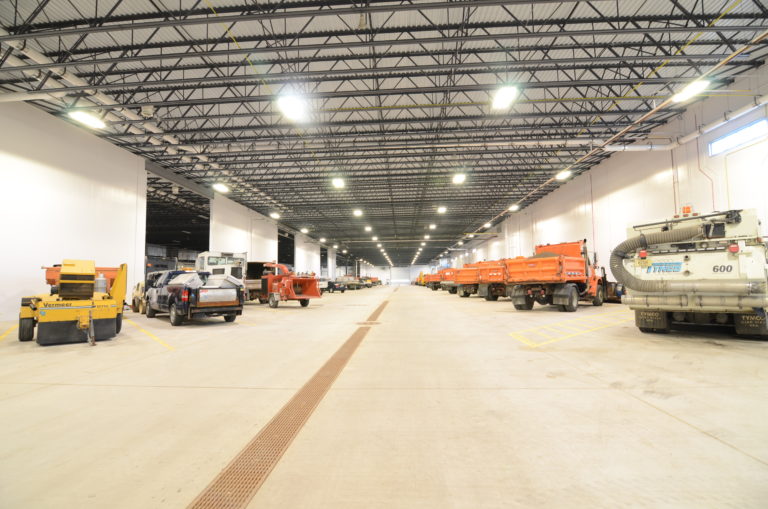Municipal buildings, including fire or police stations and public works facilities, play a pivotal role in the health, safety, and vitality of our communities. Managing the construction and renovation of these specialized buildings requires the ability to juggle many moving parts and establish relationships with multiple stakeholders. For instance, ensuring everyone’s valuable input is received and addressed requires a thoughtful and respectful approach during each phase of the project.
The Riley Construction team has decades of experience managing a wide range of complex municipal projects. Here are three ways to engage with stakeholders to ensure a smooth process from start to finish.
Collaborate on transparent, efficient designs
Increased scrutiny from residents to village board members on municipal projects, combined with today’s ongoing supply chain issues and escalating cost challenges, makes early design collaboration crucial to help develop a plan that meets all stakeholders’ needs.
 Riley highly recommends involving the construction team and stakeholders from the very initial stages of a project to confirm designs are realistic and achievable within the budget. Municipal clients often have firm budgets that are typically provided on Day 1. It is our team’s responsibility to ensure that we work with architects and designers who can accomplish the work within scope. For example, for a recent project, we completed three separate budget checks over the course of several months to make sure goals were met on time.
Riley highly recommends involving the construction team and stakeholders from the very initial stages of a project to confirm designs are realistic and achievable within the budget. Municipal clients often have firm budgets that are typically provided on Day 1. It is our team’s responsibility to ensure that we work with architects and designers who can accomplish the work within scope. For example, for a recent project, we completed three separate budget checks over the course of several months to make sure goals were met on time.
Anticipating material supply chain issues and taking inventory early on confirms we will be able to get exactly what we need on time. However, due to current volatile market conditions, the construction industry is facing material cost fluctuations on a weekly basis. Therefore, during the design stage, we clearly communicate these cost increases to the project team and stakeholders and, if needed, provide alternative material options to designers.
Geotechnical and soil reports are crucial from the onset to understand the soil’s composition and identify potentially contaminated soil. Thereafter, if issues are exposed, there are extra costs to bringing in new structural material. This evaluation process helps both the design and project teams grasp bearing capacity as they plan the building foundation.
Plan for the expected and unexpected
Once contracts are awarded, the Riley Construction team puts our proprietary InSTEP process, pull planning method, and scheduling systems into play. With multiple stakeholders involved at every project stage, organization is essential to keep each component moving efficiently.
These municipal buildings are strategically built to last decades. In order to build a strong foundation, we rely on Lean planning and key construction technologies such as Building Information Modeling (BIM) and computer-aided design (CAD). Clash detection also corrects latent issues in which different parts of a project may interfere with one another. Using these powerful tools can help us determine problems months ahead of actual onsite construction — saving time and money.
Security is another crucial part of the planning process, especially when our teams are working on sensitive areas such as evidence rooms, holding areas, and jail cells. The Department of Corrections is heavily involved in these projects due to code restrictions and the types of materials being used. Traffic flow is also a priority so vehicles can quickly move in and out of structures.
Be consensus builders
Because municipal projects involve so many decision makers — from village board members, village administrators, and public works directors to police and fire chiefs, consistent communication is vital. Since approval processes tend to be more complex in the municipal sector, sharing information daily and weekly is essential so updates and decisions can be made quickly.
Mayor Katrina Thompson of Broadview, Illinois led a village team that hired Riley Construction to renovate their Police Department and Village Hall. “Our partnership with Riley Construction was the best decision we could have made,” Thompson says. “Their commitment, leadership, professionalism and time management abilities are first-rate and I’d highly recommend them for any governmental project.”
Some of the most effective projects Riley has worked on, like the Broadview project, have established a single lead decision maker. This designated stakeholder gathers input from everyone involved, allowing them to build consensus. The decision maker leads weekly or biweekly meetings and documents discussions so everyone is clear on next steps, including those related to design, budget, bidding, and RFIs. Public meetings with neighboring residents and businesses to review budgets and discuss what to expect during construction are also a key part of the process.
Reach out to Senior Project Manager Chuck Mathieu at chuckm@rileycon.com to learn how Riley’s long history of success in municipal construction can benefit your next project.


